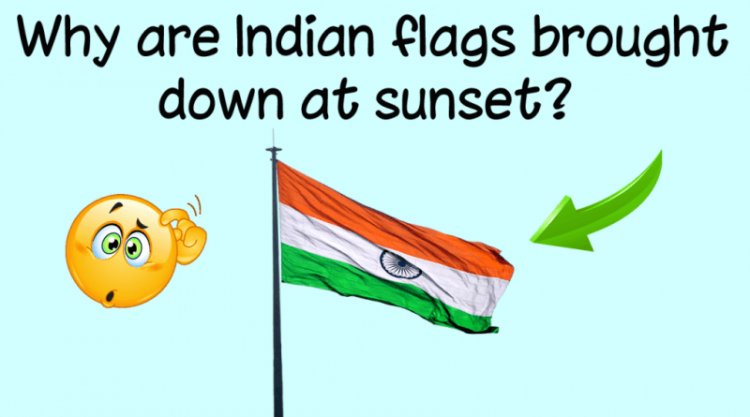Planes leave long trails but others don’t, and this article explains why. You’ll learn about the science behind these trials and why they differ. The focus is on clear, straightforward facts. By the end, you’ll understand the conditions that make these trails appear or disappear.
What Are Contrails?
These are the white lines you see behind planes in the sky. They appear when conditions are right for their formation.
Contrails Are Not Smoke
These are not smoke; they are condensation trails. They happen when water vapor from aircraft engines meets cold air at high altitudes. This vapor turns into tiny ice crystals, creating the visible white trails you see. Remember, these are made of water, not pollutants.
How Contrails Form?
These are formed because of the water vapor released by aircraft engines. When this vapor mixes with cold air, it condenses into ice crystals, which create a trail behind the plane. Whether contrails form depends on specific atmospheric conditions, like temperature and humidity.
How These Form Under Different Conditions?
Contrails form based on the moisture and temperature of the air. The type of air the plane flies through determines if a contrail will appear.
Dry Air and Contrail Formation
When planes fly through dry air, they generally do not form contrails. This is because dry air lacks the moisture needed for condensation. Without enough moisture, the engine’s water vapor can’t turn into ice crystals. As a result, the sky remains transparent behind the plane.
Wet Air and Contrail Formation
Planes flying through wet air or inside clouds are more likely to form contrails. Moist air has enough moisture for the water vapor from the engines to condense into ice crystals.
These ice crystals create the visible trails you see in the sky. The presence of clouds or humidity makes formation more common.
Understanding When Contrails Form
These appear based on the air’s moisture and temperature. Whether they form depends on whether the air is dry or wet.
Dry Air: Why Contrails Don’t Form
When planes fly through dry air, they generally do not form contrails. This is because the air lacks the moisture needed for condensation. Without moisture, the engine’s water vapor cannot turn into ice crystals. As a result, no visible trails form behind the planes.
Wet Air: Why Contrails Do Form
Planes flying through wet air or inside clouds are more likely to form contrails. Moist air contains enough moisture for the water vapor from the engines to condense into ice crystals, which create visible trails in the sky. The presence of clouds or high humidity makes the formation more likely.
Short-Lived vs. Persistent Contrails
Some sky trails disappear quickly, while others last for hours. The difference is due to the surrounding air conditions.
Differences in Trail Duration
Short-lived trails form when the surrounding air is dry and less humid. They evaporate quickly because the air cannot sustain the ice crystals.
Persistent trails, on the other hand, occur in moist air where the ice crystals remain stable. These longer-lasting trails can stretch across the sky and linger for hours.
Clearing Up Common Misconceptions
There are many myths about the white lines planes leave behind. This section will address and clarify some of the most common misunderstandings.
- These trails are not chemicals: They are made of water vapor and ice crystals, not harmful substances.
- These trails are not smoke: They form from condensation and are different from smoke or pollution.
- They do not control the weather: The trails result from planes flying in specific atmospheric conditions, not deliberate actions.
- They do not pose health risks: These trails are harmless and occur naturally when planes fly through the right conditions.
Sky Trails and Their Environmental Impact
These sky trails may seem harmless, but they can affect the environment. Understanding their role is essential.
Trails and Climate Change
Sky trails can contribute to global warming by trapping heat in the Earth’s atmosphere. Persistent trails, in particular, have a warming effect similar to thin clouds.
This can increase the overall temperature, contributing to climate change. While the impact is smaller than that of other factors, it is still part of the bigger environmental picture.
Final Takeaway on Why Planes Leave Long Trails
The reason planes leave long trails while others don’t boil down to atmospheric conditions. Dry air causes trails to dissipate quickly, while moist air allows them to persist.
Understanding these factors clarifies why you see different trail lengths in the sky. Knowing this helps you better understand the science behind what you observe above.












